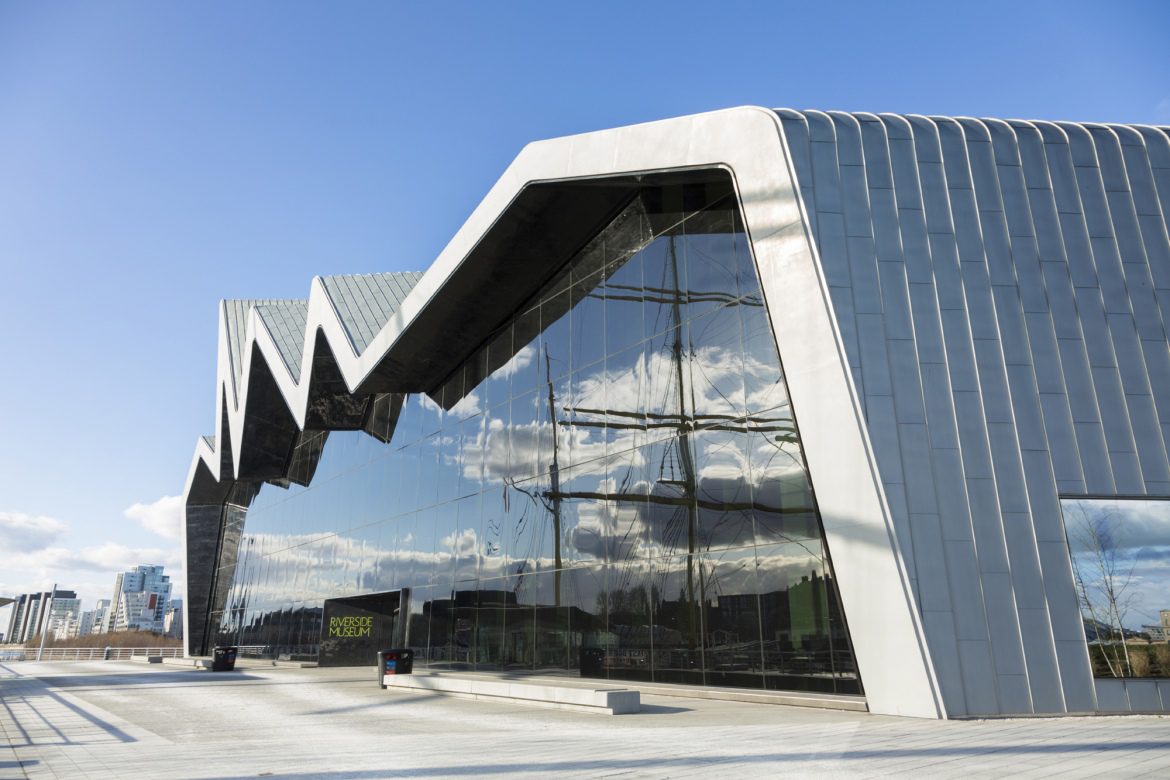AN DO thilg sinn dìreach £2.5m sìos an stank? . http://www.heraldscotland.com/news/16185338.Brian_Beacom__If_Gaelic_is_dying_does_it_deserve_a_financial_kiss_of_life_/?ref=rss
News
 Brian McGuireApril 26, 20181 Mins read265 Views
Brian McGuireApril 26, 20181 Mins read265 Views
Brian Beacom: If Gaelic is dying does it deserve a financial kiss of life?

xriversidemuseum
Recent Posts
Related Articles
News
Bold £60m plan to transform one of Glasgow’s ugliest buildings shelved
Plans to revamp one of Glasgow‘s less aesthetically pleasing buildings have been...
By Lewis McGuireMay 8, 2024
News
Dear Colleen: Gran’s generous gifts are making me feel uneasy
My beloved grandmother, who currently resides alone after the demise of my...
By Lewis McGuireMay 8, 2024
News
SNP Government and councils in ‘standoff’ over teacher numbers as cuts loom
Potential large-scale reductions in teacher numbers are currently being discussed due to...
By Lewis McGuireMay 7, 2024
News
John Swinney praised axeman Tory George Osborne as a ‘believer’ in devolution
The incoming First Minister, John Swinney, has made headlines for his unexpected...
By Lewis McGuireMay 7, 2024










